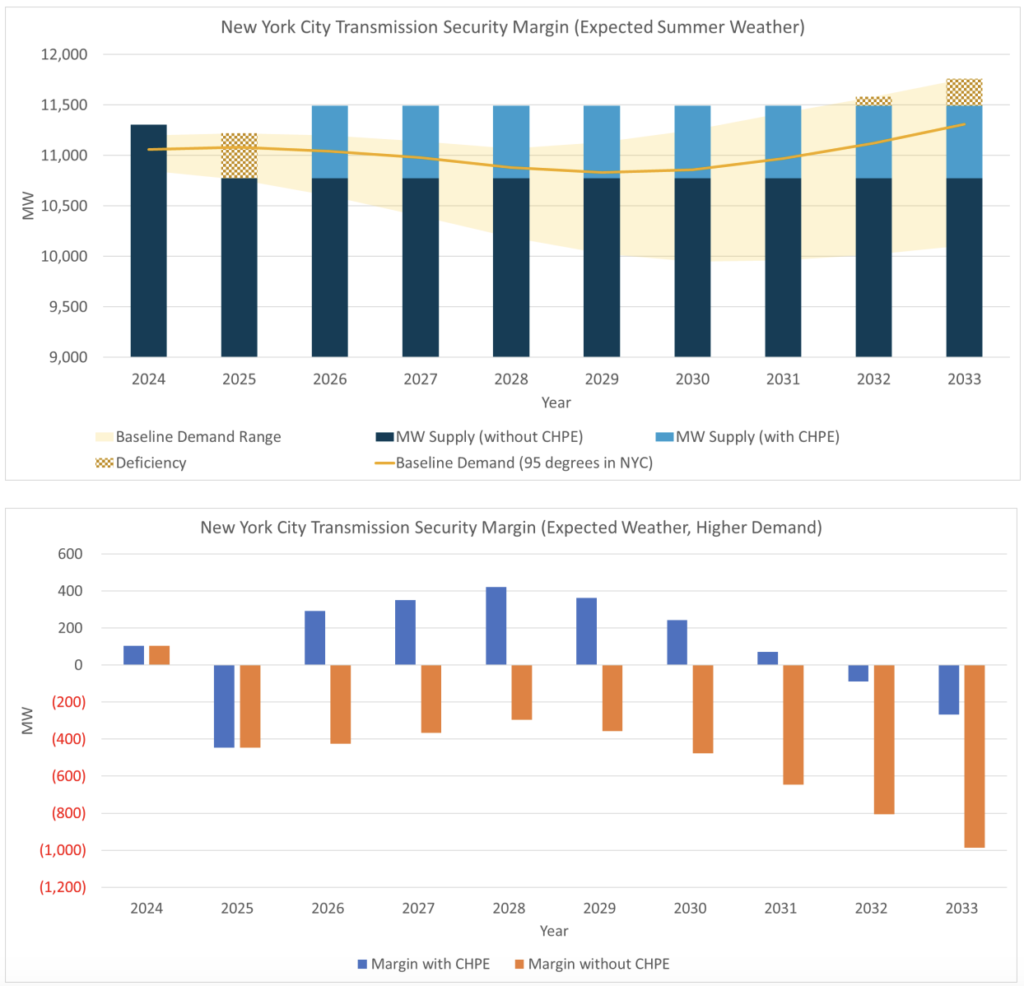NYISO’s projections come with some uncertainty, but New York City, the nation’s largest metropolis, may encounter potential reliability challenges within the next two years. This issue arises as beneficial electrification loads enter the scene, escalating the demand for electricity.
Specifically, the ISO reports that New York City’s J-zone is projected to have a deficit of up to 446 MW during nine peak hours under anticipated weather conditions. This deficiency is rooted in transmission security, which assesses the grid’s capacity to withstand disturbances. Contributing to the reliability gap are building electrification and electric vehicle charging, along with the retirement of less eco-friendly power generators used solely for meeting peak demand. The implementation of new emissions limits in 2019 by the New York State Department of Environmental Conservation came into effect in May, further impacting the situation.
By May 1, over 1 GW of peaking capacity had been either deactivated or limited due to the new emissions limits, as reported by the ISO. Additionally, another 590 MW is expected to become unavailable from May 2025, all within New York City.
To address the reliability need, the grid operator, along with local utility Consolidated Edison and the energy marketplace, will collaborate to identify solutions.

The report recognizes the “uncertainty” in demand forecasting, considering factors such as population and economic growth, energy efficiency advancements, the integration of behind-the-meter renewable energy resources, and the adoption and charging patterns of electric vehicles.
Power generators place the blame for the reliability deficiency on the rapid pace of plant retirements. They assert that a more balanced approach, aligning the retirement of existing plants with the addition of new generation resources, is necessary. Gavin Donohue, President, and CEO of the Independent Power Producers of New York, advocates for “market-based” solutions to ensure adequate resources.
According to the ISO, the reliability margin for New York City is set to improve with the completion of the Champlain Hudson Power Express transmission line in the spring of 2026. However, over time, this margin is expected to gradually diminish due to the projected increase in electricity demand.
Though the transmission line will run from Quebec to New York City, it is not expected to provide winter capacity.
To preempt potential future gaps, the state is encouraged to support the development of additional transmission infrastructure and streamline project permitting and interconnection processes, fostering investment certainty.
With mounting electricity demand and discussions about phasing out the state’s oldest and dirtiest power plants, there is an urgent need to expedite and hedge support for resources that bridge the likely growing gaps between electricity generation and demand, not only in 2025 but also in the years to come.



